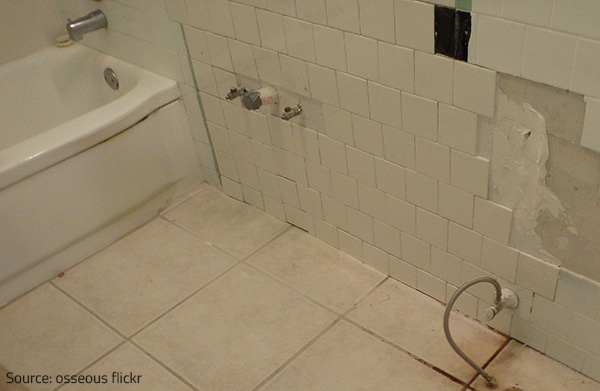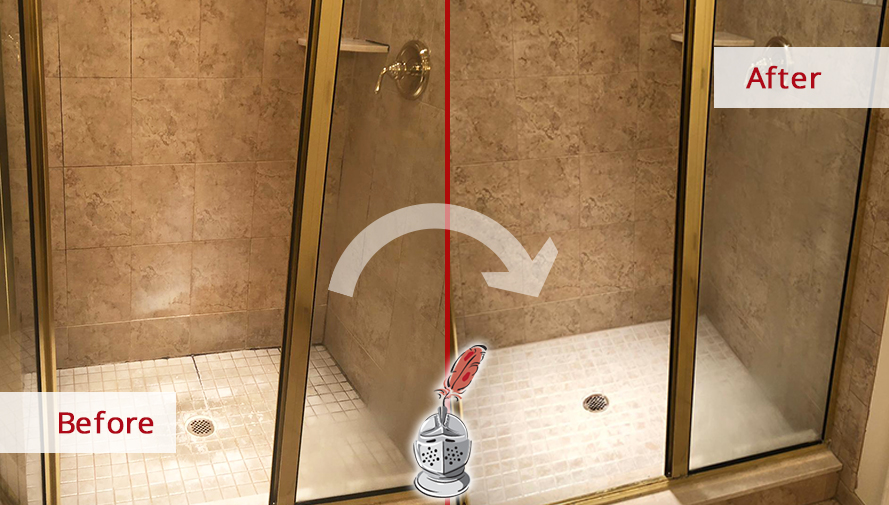This great article following next involving Preventing Water Damage in the Bathroom is definitely intriguing. You should look it over.

The restroom is very prone for wet build-up and also potential water damage due to the regular use water in it. This post supplies simple examination techniques to aid identifying water damage threats.
The frequent use of water in the shower room makes it exceptionally vulnerable for moist build-up as well as possible water damages. By checking it regularly, you can reduce water associated problems.
The following set of evaluations is simple to do and also need to be done as soon as in every three months in order to keep your bathroom in good shape and to avoid prospective water damages caused by the bath tub, the shower, pipeline joints and also plumbing, sinks, closets, as well as the bathroom
Do not overlook carrying out these evaluations and be thorough while doing them. Bear in mind that these easy inspections can conserve you a great deal of cash by offering early indications for water damages
Bath tub as well as Shower
The shower as well as bathtub need special attention and also upkeep. Check the tiles and also change if broken. Make sure that there is no missing out on cement in between the ceramic tiles. Examine and also replace cracked caulking at joints where the wall surfaces satisfy the floor or the bath tub. Obstructed drains and pipelines issues will protect against the tub from drying out as well as may show severe problems under the tub. Consult with a specialist right away to prevent architectural damage. Take notice of discolorations or soft locations around the tub walls as they might indicate an inner leak.
Plumbing
Signs for water damages are difficult to detect considering that many pipelines are set up inside the wall surfaces.
Pay special interest to flooring and also walls dampness and discolorations as they may show an unnoticeable plumbing trouble. Inspect dampness degrees in adjoining areas as well.
Sinks and also Cabinets
Sinks and closets are exposed to dampness and moisture day-to-day as well as are usually neglected. Evaluate consistently under the sink and on the counter top over it. Repair any kind of drip in the trap as it may recommend drain issues. Take a look around the sink, slow draining pipes might suggest an obstructed drain. Change sink seals if they are fractured or loose.
The Bathroom
The commode is a susceptible water joint. Examine the water lines and look for leaks around the commode seat, in the tube, and under the water storage tank. If you identify any indications of dampness on the floor around the toilet, look for leakages in the toilet edge and storage tank seals.
Realize that hanging toilet dish deodorants enhances the possibilities for obstructions.
Water Damage Signs In The Bathroom To Avoid Cleanup
Musty smell
This is one of the easiest signs to catch because musty smells are so odorous. The damp, earthy, moldy smell should be a big red flag. The smell will develop when moisture gets trapped in surfaces, and begins to facilitate mold growth. Leaking pipes under cabinets, inside walls, and behind shower fixtures will cause moisture to stay trapped and not dry, which will lead to mold growth and spread. As soon as you notice any musty smells in your bathroom, have it checked for hidden water damage and cleanup signs.
Visible mold
If the smell isn’t there to give it away, sometimes you will actually see mold growth. Finding mold in your bathroom is a serious problem, because mold is very harmful to your health. By the time mold growth is visible, it also means that water damage has already occurred and been present for some time. The only way the mold problem can be resolved is to find the source of the moisture and get it stopped. To safely and adequately remove mold, you need to have professionals handle the remediation. Do not waste any time in getting mold problems addressed, fixed, and sanitized so that you can protect you and your family from the many respiratory symptoms caused by mold exposure.
Damaged floors
Bathroom floors should be able to withstand some exposure to water while still remaining in good condition. However, when excess exposure or water leaks occur, they will begin to damage even the most water-resistant flooring. If you notice any cracking, bubbling, staining, or warping on your bathroom floors, there is probably a water leak somewhere causing the distortion. If you notice areas of the floor have become softer, or even have a spongy feeling, there is probably damage to the subfloor. Subflooring is typically made up of plywood. When plywood is exposed to water or moisture, it will absorb it. Once it has become saturated, the weight of the excess water will cause the wood to swell and soften. Check the floors in your bathroom frequently to catch any of these sings before they lead to damaged subflooring.
Changes on walls
When water leaks behind walls, it will cause changes in the drywall. Peeling plaster, blistering paint, and soggy wallpaper are all good indicators that excess water is building up behind the wall. Water leaking behind drywall will cause it to swell and be soft to the tough. If you start to notice gaps along the trim of your walls, or where tile meets the wall, it could also be a strong indicator that there is a leak behind the wall. Any changes, distortion, or damage on the walls should be evaluated as soon as you notice it to prevent further water damage and cleanup.

Do you like more info about Looking for Signs of Water Damage in the Bathroom? Try leaving a remark further down. We would be interested to listen to your suggestions about this review. We hope to see you back again in the future. Sharing is nice. One never knows, you may be doing someone a favor. I praise you for your time. Come back soon.
Show Details